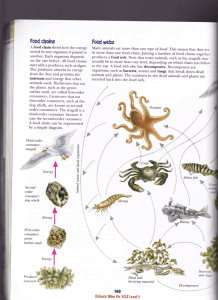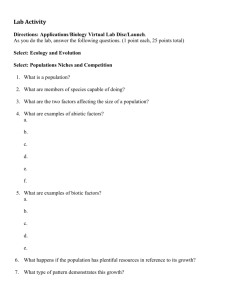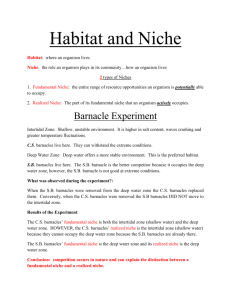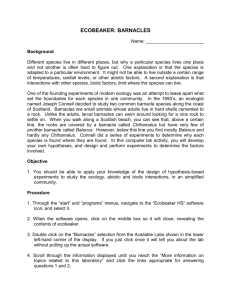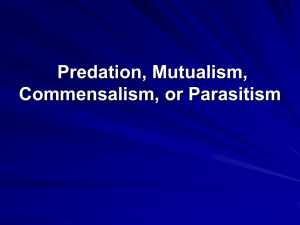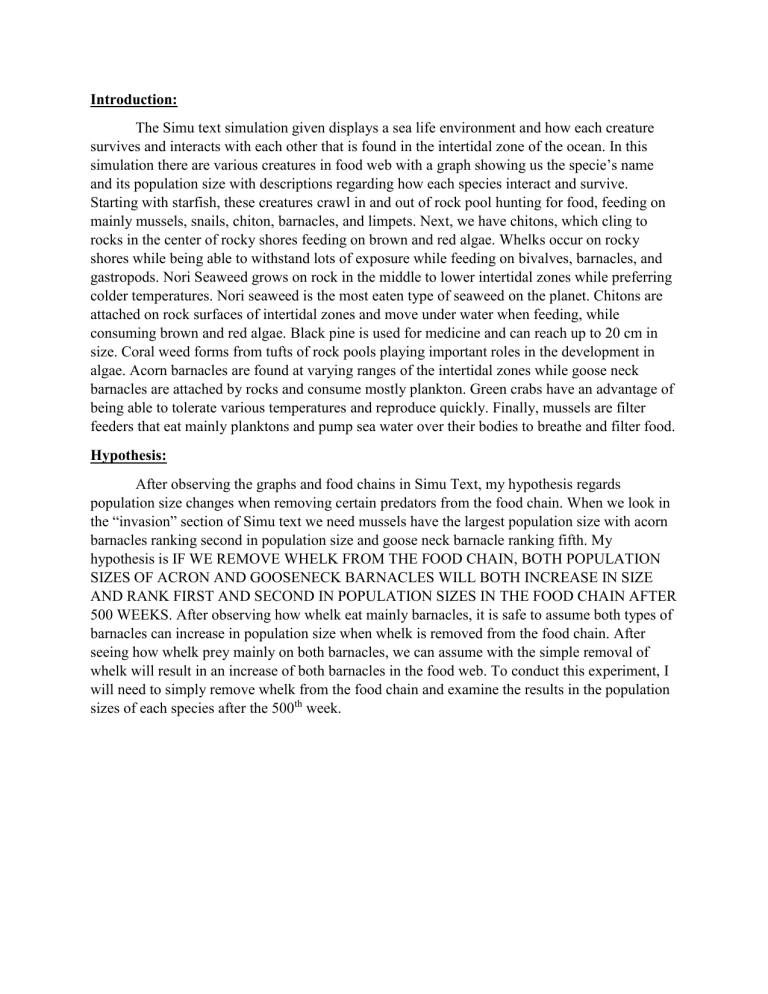
Introduction: The Simu text simulation given displays a sea life environment and how each creature survives and interacts with each other that is found in the intertidal zone of the ocean. In this simulation there are various creatures in food web with a graph showing us the specie’s name and its population size with descriptions regarding how each species interact and survive. Starting with starfish, these creatures crawl in and out of rock pool hunting for food, feeding on mainly mussels, snails, chiton, barnacles, and limpets. Next, we have chitons, which cling to rocks in the center of rocky shores feeding on brown and red algae. Whelks occur on rocky shores while being able to withstand lots of exposure while feeding on bivalves, barnacles, and gastropods. Nori Seaweed grows on rock in the middle to lower intertidal zones while preferring colder temperatures. Nori seaweed is the most eaten type of seaweed on the planet. Chitons are attached on rock surfaces of intertidal zones and move under water when feeding, while consuming brown and red algae. Black pine is used for medicine and can reach up to 20 cm in size. Coral weed forms from tufts of rock pools playing important roles in the development in algae. Acorn barnacles are found at varying ranges of the intertidal zones while goose neck barnacles are attached by rocks and consume mostly plankton. Green crabs have an advantage of being able to tolerate various temperatures and reproduce quickly. Finally, mussels are filter feeders that eat mainly planktons and pump sea water over their bodies to breathe and filter food. Hypothesis: After observing the graphs and food chains in Simu Text, my hypothesis regards population size changes when removing certain predators from the food chain. When we look in the “invasion” section of Simu text we need mussels have the largest population size with acorn barnacles ranking second in population size and goose neck barnacle ranking fifth. My hypothesis is IF WE REMOVE WHELK FROM THE FOOD CHAIN, BOTH POPULATION SIZES OF ACRON AND GOOSENECK BARNACLES WILL BOTH INCREASE IN SIZE AND RANK FIRST AND SECOND IN POPULATION SIZES IN THE FOOD CHAIN AFTER 500 WEEKS. After observing how whelk eat mainly barnacles, it is safe to assume both types of barnacles can increase in population size when whelk is removed from the food chain. After seeing how whelk prey mainly on both barnacles, we can assume with the simple removal of whelk will result in an increase of both barnacles in the food web. To conduct this experiment, I will need to simply remove whelk from the food chain and examine the results in the population sizes of each species after the 500th week.


